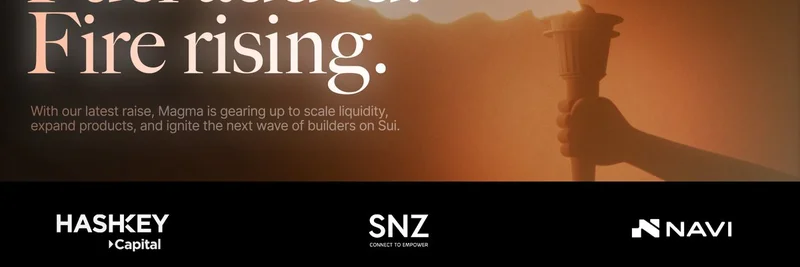Hey there, fellow blockchain enthusiasts! If you're knee-deep in the world of meme tokens and AI agents like I am, you've probably heard the buzz around Virtuals Protocol. Recently, a thread on X (formerly Twitter) from Condz (@condzxyz), a core contributor at AcolytAI and advisor at Lumx.io, caught my eye. He's spilling the beans on how Virtuals could shake up the traditional venture capital scene while supercharging AI agent growth. Let's dive in and break it down in simple terms.
The Big Idea: Bridging Web3 Launches to Web2 Capital
Condz was in San Francisco last week, rubbing shoulders with top Web2 VCs at The Residency. That's where he had his eureka moment about Virtuals Protocol (@virtuals_io). For those new to this, Virtuals is a Web3 platform that's all about launching AI agents—think smart, autonomous bots on the blockchain that can do everything from trading to content creation. These often tie into meme tokens, where community hype and utility blend to create viral value.
The key insight? Virtuals offers early-stage teams a way to raise $250k to $500k without the usual VC headaches. How? Through trading fees and token sales post-cliff (that's the lock-up period before tokens can be sold). This setup lets teams fund a v1 product quickly, get users or revenue rolling, and prove their worth—all without tanking the token's chart due to massive dumps.
Once they've got traction, teams can bootstrap further or raise big bucks. And here's where it gets disruptive: Virtuals can funnel these battle-tested projects straight to Web3 and Web2 VCs. Imagine launching on Virtuals, hitting milestones, then scoring a $3-5 million round from heavyweights like a16z. Condz points to real examples, like @AskBillyBets raising $1M with a live token, and his own project @AcolytAI, which is already pulling in over $30k in revenue and scaling to 20 clients next month.
This isn't just good for Web3 AI teams; it's a goldmine for Web2 VCs too. They get a steady stream of vetted startups with live products and real traction—no more sifting through pitch decks from unproven ideas.
Making Virgen Points Valuable Again
The thread quotes an earlier post from @everythingempt0, another core contributor at Virtuals, about tweaking their tokenomics. They're slashing the allocation to "virgens" (a fun community term for early supporters or holders, playing on "virgin" in a meme-y way) from 37.5% to 7%. At first glance, that sounds like a raw deal—a 5x cut! But the logic is solid: after four months since genesis launch, they've realized they can compete with top AI VCs and accelerators.
By reducing the float (circulating supply), they aim to attract 5x higher-quality teams with bigger upside. More skin in the game for builders means long-term commitment. Plus, veVIRTUAL stakers (those locking tokens for governance and rewards) now get 2% of all genesis launches, on top of defense funds. It's all about quality over quantity, folks, which could supercharge the entire ecosystem.
Why This Matters for Meme Token Investors
As someone who's edited crypto news and now dives deep into meme tokens at Meme Insider, I see this as a game-changer. Meme tokens thrive on narrative and utility, and Virtuals is baking in both. By lowering barriers to entry and creating a pipeline to serious funding, it could spawn the next wave of AI-driven meme projects that actually deliver value.
If you're holding meme tokens tied to AI agents, keep an eye on Virtuals. This model could mean more sustainable pumps, less rug pulls, and real-world adoption. And for builders? It's a no-brainer: Launch, iterate, raise, repeat.
What do you think—will Virtuals flip the VC script? Drop your thoughts in the comments or hit up the original thread here. Stay tuned for more insights on meme tokens and blockchain tech right here at meme-insider.com!

